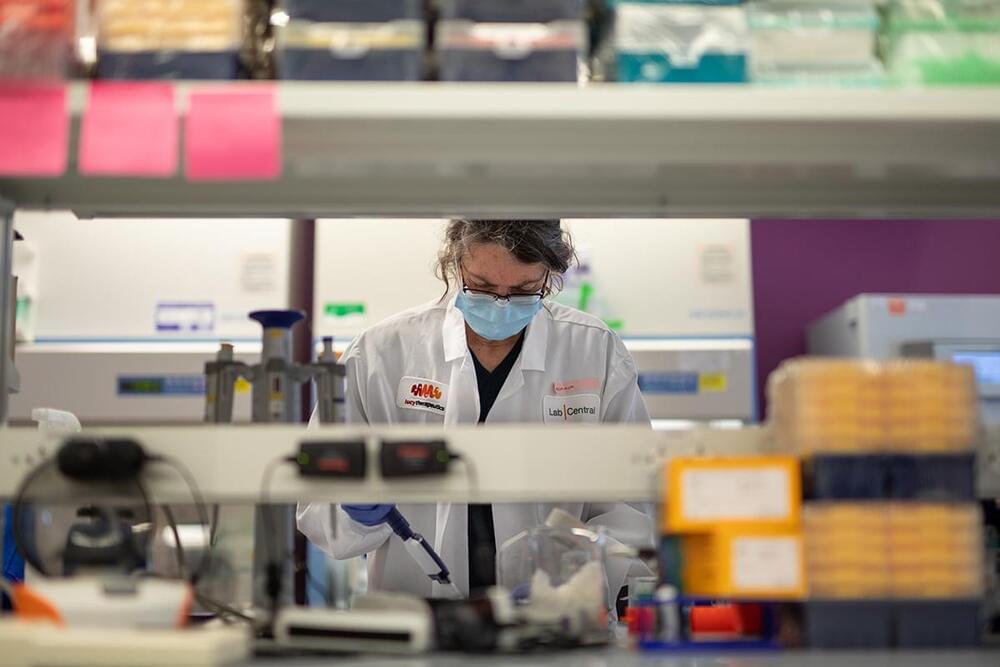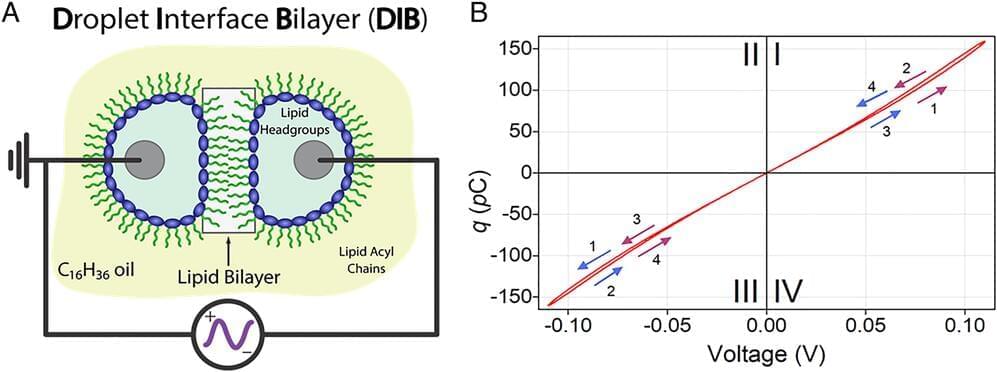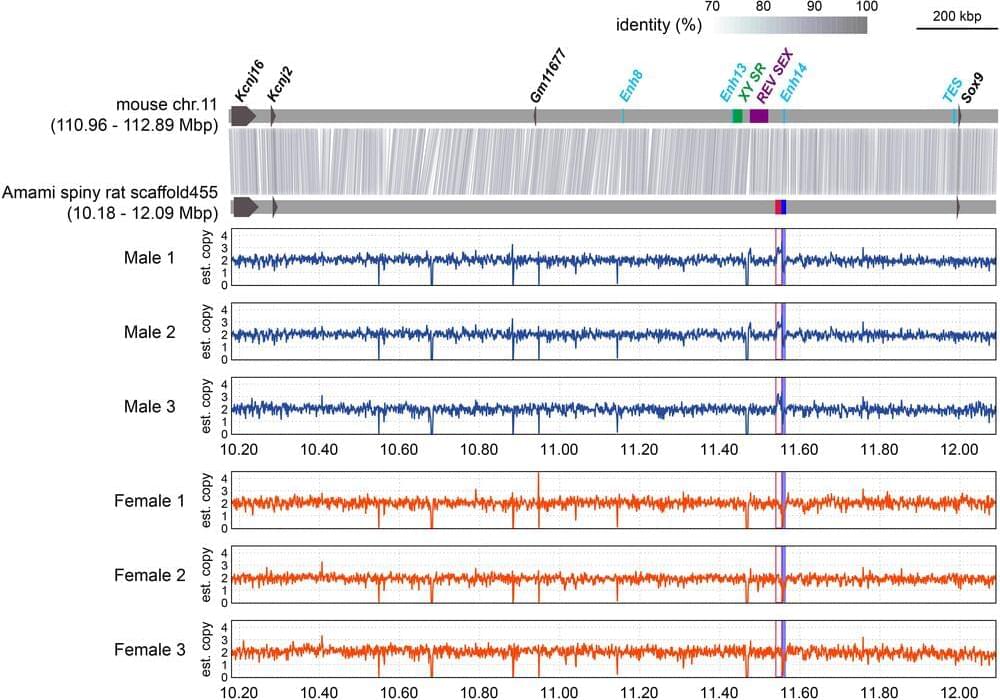Dec 7, 2022
AI that learns to negotiate with humans
Posted by Kelvin Dafiaghor in category: robotics/AI
Lex Fridman Podcast full episode: https://www.youtube.com/watch?v=2oHH4aClJQs.
Please support this podcast by checking out our sponsors:
- True Classic Tees: https://trueclassictees.com/lex and use code LEX to get 25% off.
- Audible: https://audible.com/lex to get 30-day free trial.
- InsideTracker: https://insidetracker.com/lex to get 20% off.
- ExpressVPN: https://expressvpn.com/lexpod to get 3 months free.
GUEST BIO:
Noam Brown is a research scientist at FAIR, Meta AI, co-creator of AI that achieved superhuman level performance in games of No-Limit Texas Hold’em and Diplomacy.
Continue reading “AI that learns to negotiate with humans” »


















